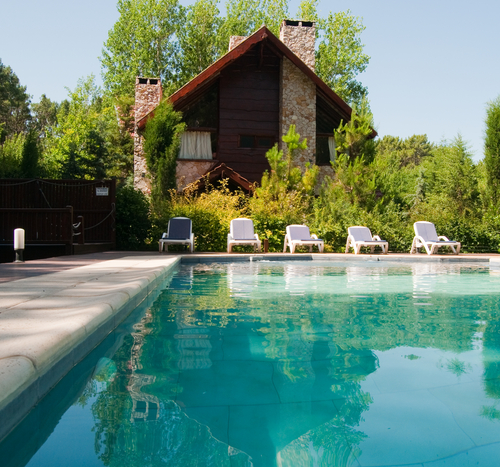
Carefully placed plants and vegetation can have a significant effect on how hard your system has to work during the coldest months of the year.
Here are some strategies for creating a landscape that helps you get the most out of your energy dollars:
- Address south-facing windows — In a climate with cold winters, such as that of Norfolk MA, avoid planting trees that block south-facing windows, or those that receive the most intense sun of the day, as they'll prevent the sun's rays from helping to warm the home. However, you can plant deciduous trees on the south side of your home, which lose their leaves in winter and allow the sun's rays to extend through windows to enhance heating.
- Pay attention to entryways and windows — These two areas are a significant source of heat loss for the home. Planting small trees or shrubs in doorways or in front of a row of windows increases energy efficiency by diverting cold air away from the house, which would otherwise increase the heating load.
- Use fences — A fence can make an excellent windbreak and help mitigate the severity of harsh winter winds, as long as it's the right type. Solid fencing only increases the wind's ferocity. Use fencing with slats instead.
- Use evergreens — When planting shrubs or trees as a windbreak, use evergreens rather than a deciduous species. The bare branches of deciduous plants will offer little protection from cold winds.
- Go native — Use plant species that are native to the Norfolk MA area when selecting tress or shrubs for landscaping. They will require the least maintenance once they are established.
For more information on reducing your home's heating load and other issues concerning home comfort, contact us at Rodenhiser Plumbing, Heating & Air Conditioning. We have served the Route 495/128 area since 1928.